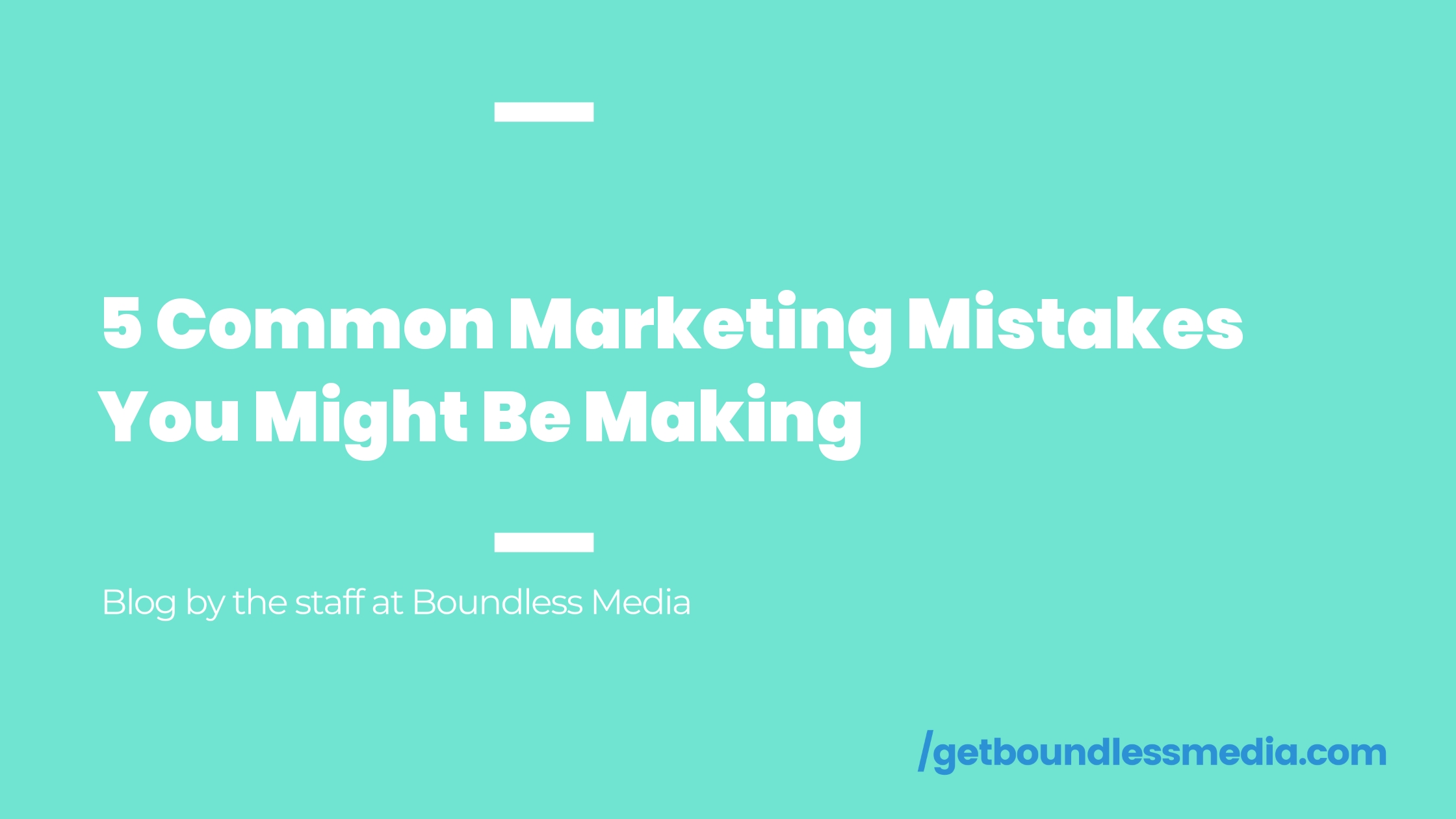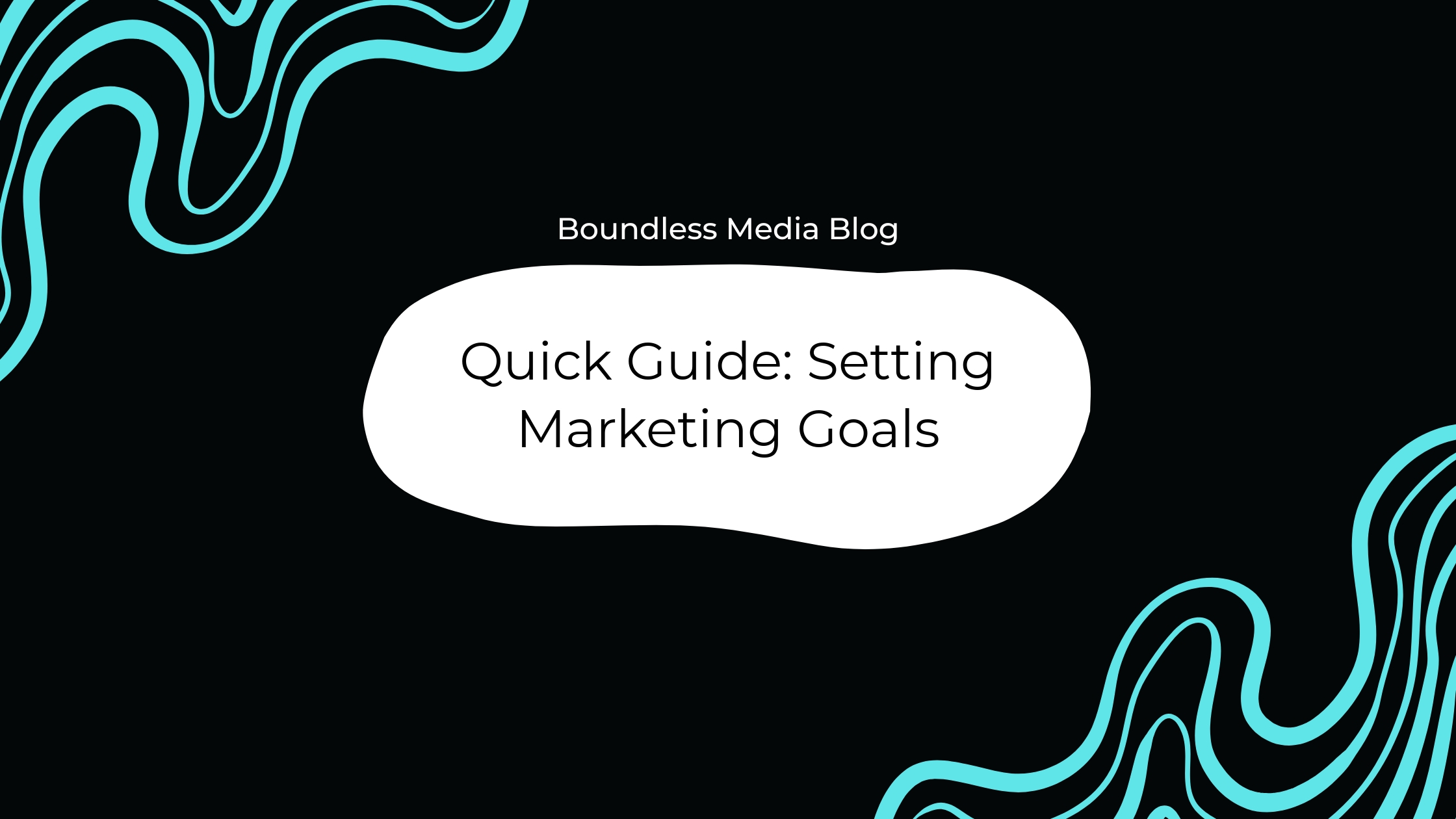
The Art of Follow-ups: Strategy and Tips

It's not uncommon for follow-ups to be a part of your business, but are you using follow-ups in the right way? The days of "Just checking in" emails and messages are long gone. In this blog post, we will share some strategies and tips on how to send follow-up emails and messages that actually get results. We'll cover personalized follow-ups vs. generic follow-ups, answering all their questions or limiting yourself to one question per email, what content should go into your follow-up message, and more!
When should you send a follow-up email or message? We will cover the timeline of sending follow-up emails in another blog, but for now, we're going to look at some times you might send a follow-up email.
- After a meeting
- After connecting on LinkedIn or another social media platform
- After a trigger event (if a prospect reopens a proposal, or you see them post about something you previously talked about)
- After you leave a voicemail
- After a networking event
- After a first discussion
- After you tweak an email (If you see something isn't working, change the wording and send again)
- After you send a follow-up email
- After sending several follow-up emails
- After receiving a response from a LinkedIn message (If you have their email address)
Now that you know when to send follow-ups let's look at what you should say.
-In follow-up emails, it's a good idea to be personalized and limit yourself to asking one question. Doing this will make your follow-up more effective because you're offering your prospect specific help in hopes that they'll reply, rather than sending them generic information. If you know a prospect’s specific pain point, ask your question about that. For example, if you know a prospect has issues with specific software, you could ask, “I noticed you use ABC Software. Do you like X feature?” And always leave a call to action at the end of the message, i.e., “If you’d like to see XYZ Software, let’s chat next week. When are you available?” You’ve asked a question about a feature that you know isn’t the best, and when they reply or set a meeting with you, you can show them how your product will solve their problem. Make sure you keep your emails personalized but not overly personalized. You don’t want to troll their profile and find information that isn’t relevant to the message you’re sending. Throwing the name of their dog or favorite restaurant that they posted about in your message won’t help you. Keep it industry-specific and professional.
-It is also important to follow up on the follow-up message. If you sent out a message and they didn't reply, send them another one with an additional question or two to help address their pain points in more detail. Sometimes people need that little push! But at the same time, remember not to be too pushy or sales-y. This second message would be a good time to tell them about a case study from your company or link them to a review left by a client in a similar industry to see exactly how you can help them. You could also point them to your latest blog post or content you have posted that shows how your company solves its industry's problems. It's important that you don't send them emails or messages every day, but you want to follow up at least once a week.
Let's jump into generic vs. personalized follow-ups.
Generic follow-up:
Hi John Doe,
Just wanted to follow up with you. I hope your company has been doing well and that it's been a great week for you so far! If there is anything we can help with, please don't hesitate to reach out. We're here 24/hours a day!
This email is sure to get ignored or deleted. There's nothing that adds any value to yourself or the prospect, and nothing will catch their attention.
Make your follow-ups more personalized by asking questions, mentioning their company, or even content you've seen from them.
Hi John Doe,
I just read your latest blog on best practices for detailing cars! Did you know the car wash industry is growing at a rate of 3% year over year? I can help your company stand above the rest by optimizing your membership program. How about we have a quick call next week?
This is much more personal, and it shows your prospect that you're interested in their industry, business, and you can help them with their pain point. It’s imperative that you make sure you’ve answered all of their questions if you are responding to their communication. If they ask for information, give them as much as you can, but you can also use this as an opportunity to set a meeting. You could say something like this, “I’ve attached our FAQs sheet for you and would love to have a call this week, so I can show you exactly what we do.”
Just a quick side note before wrapping this up. When sending follow-up emails, don't forget the subject line is just as important as the content of the email. Make your subject line stands out and grabs your prospect's attention. The art of follow-ups is a tough one. If you'd like some help getting your follow-up game up to par, our team of experts at Boundless Media are here and ready to help! You can email us or message us anytime!
Get More Estimates Booked On Your Calendar



*Data summarized from all Home Services Verticals with average project values over $3,500





.svg)